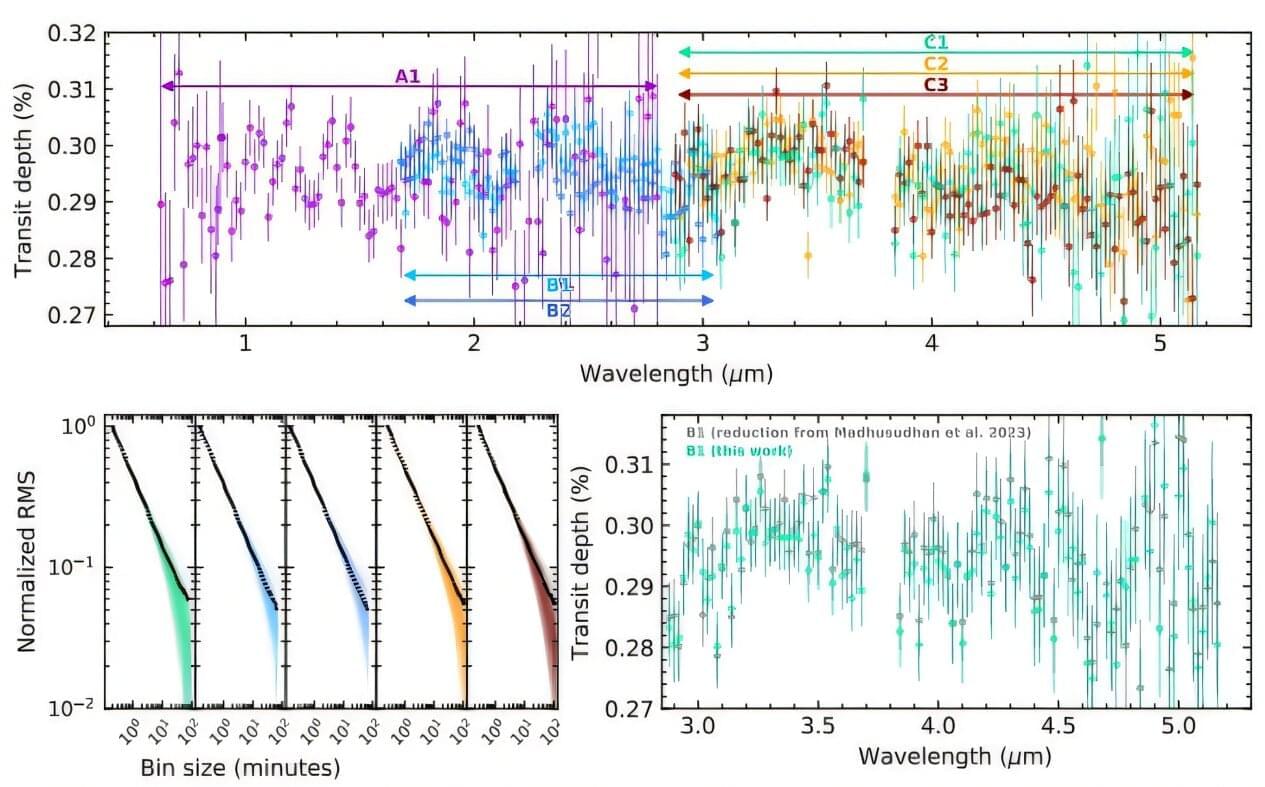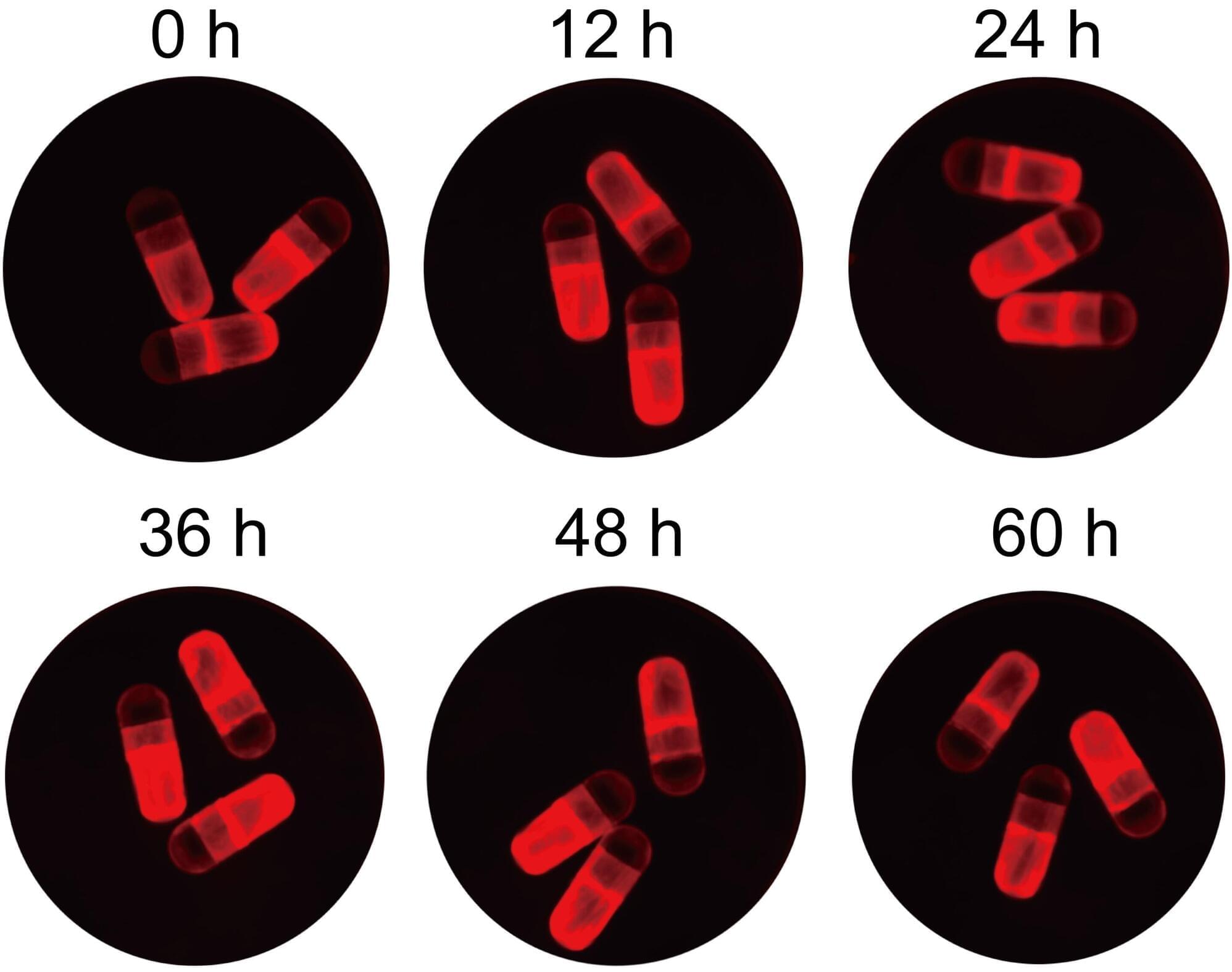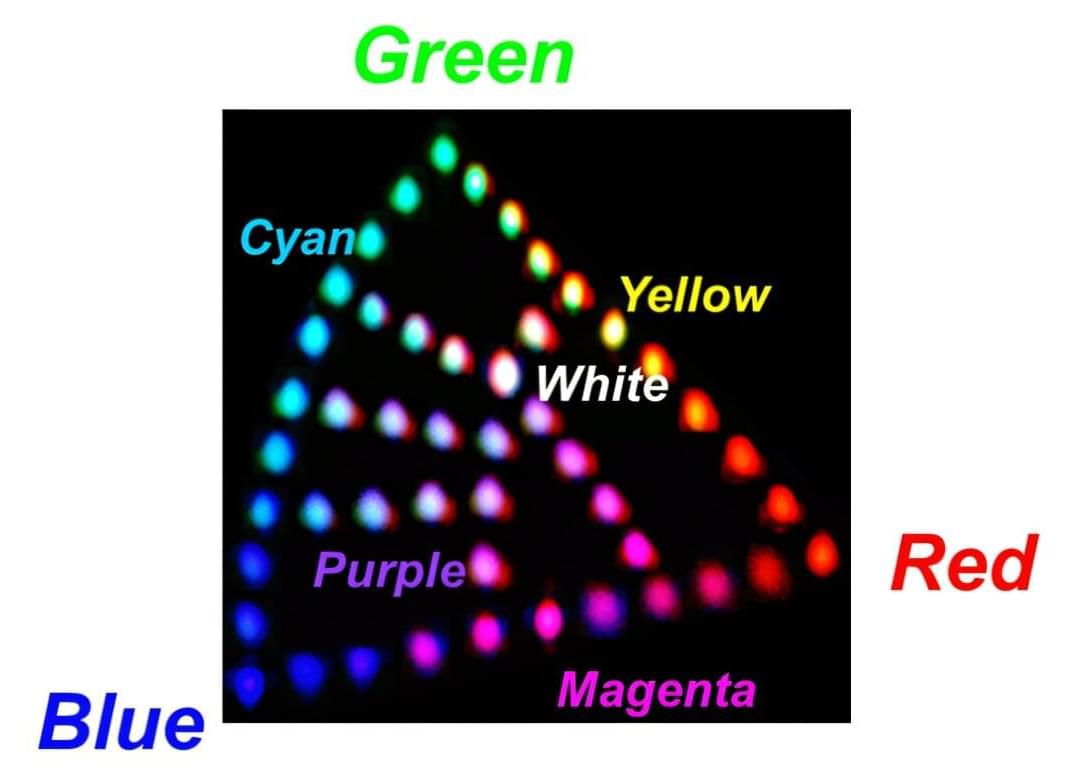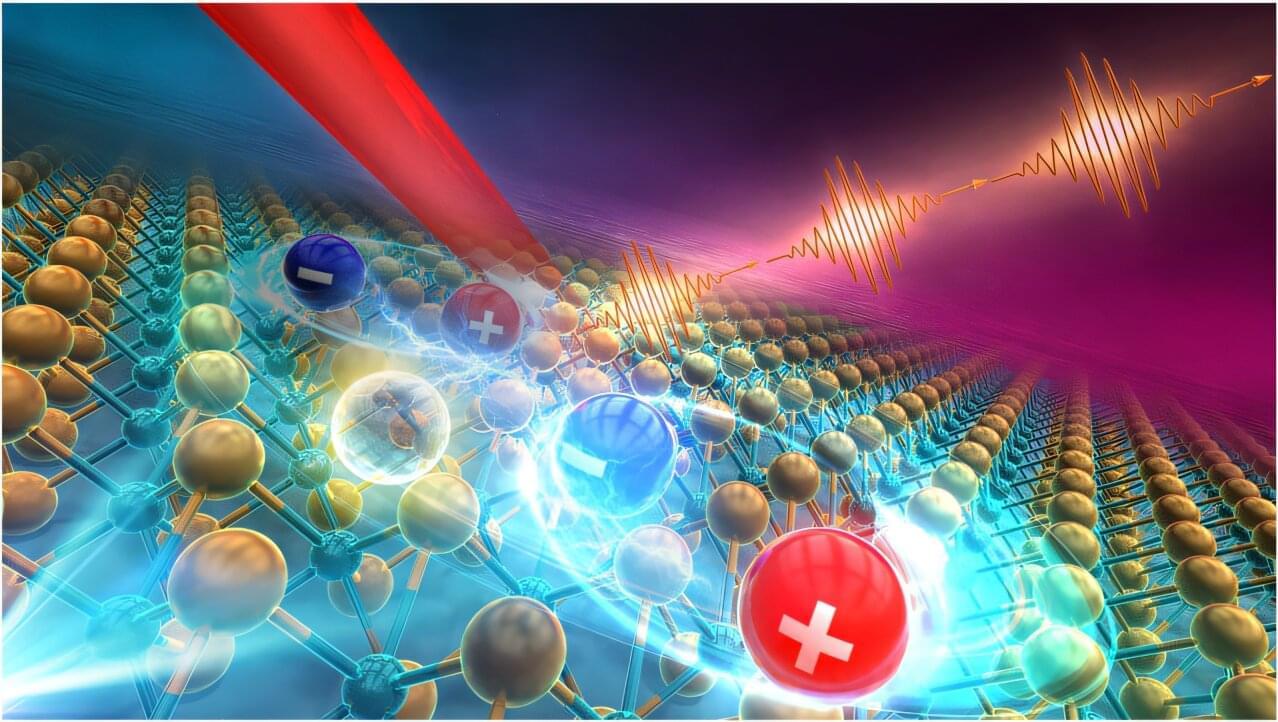As technology advances, photonic systems are gaining ground over traditional electronics, using light to transmit and process information more efficiently. One such optical system is laser beam scanning (LBS), where laser beams are rapidly steered to scan, sense, or display information.
This technology is used in applications ranging from barcode scanners at grocery stores to laser projectors in light shows. To process a wider range of signals or enable full-color output, these systems utilize multiplexers that merge the red, green, and blue (RGB) laser beams into a single beam.
Traditionally, this was achieved by directly modulating each laser, turning them on and off to control the output. However, this approach is relatively slow and energy intensive. A recent study by researchers at the TDK Corporation (Japan) reports the development of a faster and more energy-efficient RGB multiplexer based on thin-film lithium niobate (TFLN).









